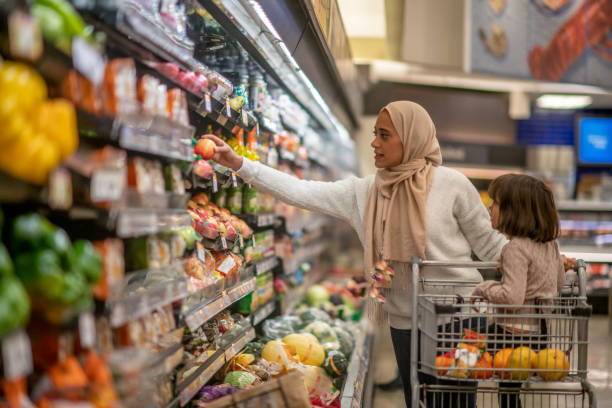If your go-to shampoo or phone model disappeared in late 2023 and again through 2024–2025, you are not alone. The pattern boils down to three things: a two-year squeeze on foreign currency (FX) used to pay for imports, rules that stop non-compliant suppliers at the border, and some retailers cutting their footprint. Conditions improved in 2025 after the pound was floated (the rate allowed to be set by the market), but availability is still uneven. From 2022 into early 2024, Egypt struggled to find dollars, and goods piled up at ports. The government announced several release waves: USD 15 billion (EGP 720 billion) cleared in the first quarter of 2023, then USD 63 billion (EGP 3 trillion) by 26 November 2023. A further over USD 79 billion (EGP 3.8 trillion) was released between 1 January 2024 and 8 January 2025, according to a Cabinet statement. The release of funds, however, did not help much; according to the International Monetary Fund (IMF) in March 2025, the “backlogs of unmet import demand have been eliminated and have not re-emerged.” A major boost to confidence and FX liquidity came with the USD 35…




